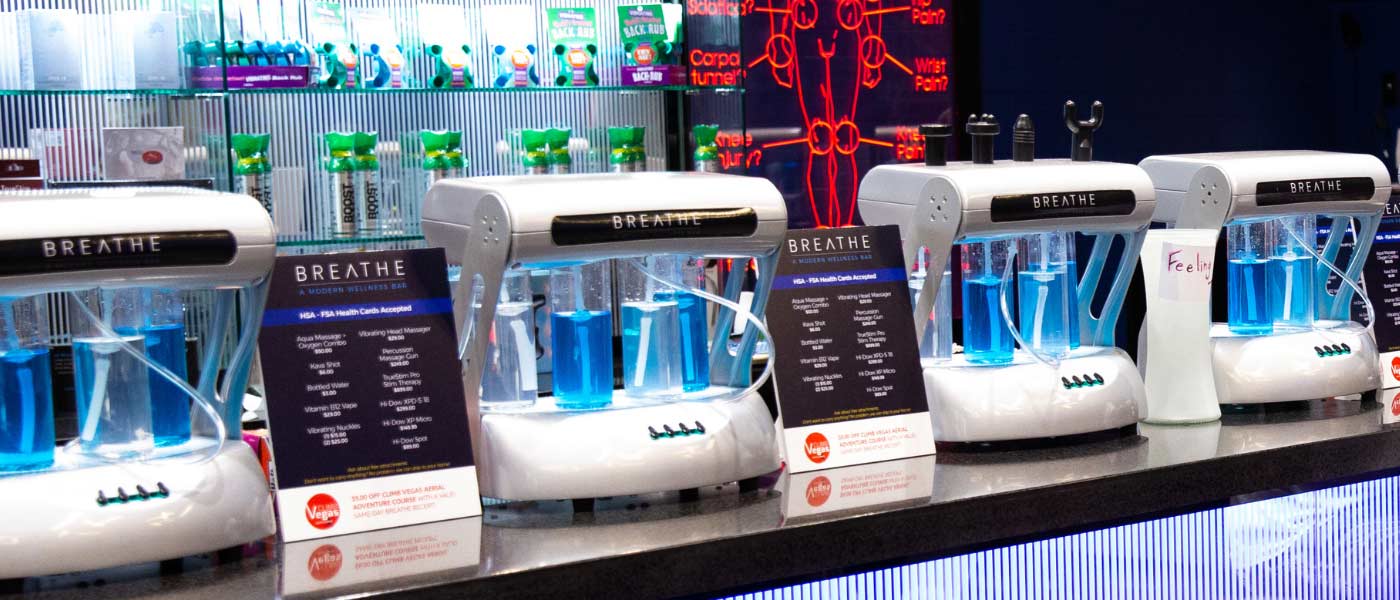wellness
Do Oxygen Bars Work for Altitude Sickness?
There is no scientific evidence that oxygen bars can provide any health benefits, including preventing or treating altitude sickness. (They are also not a cure-all for people with chronic obstructive pulmonary disease [COPD] or asthma.)
If you have no underlying medical conditions, there would be no harm in using an oxygen bar. However, if you do have a preexisting medical condition that affects your breathing, using an oxygen bar could actually make your symptoms worse.
It’s also important to note that the use of supplemental oxygen therapy is not meant to be used occasionally on a short-term basis; it has to be administered for long periods of time to help someone with a lung problem breathe better. Anyone who uses supplemental oxygen therapy does so under the care and supervision of their doctor.
What is an oxygen bar?
An oxygen bar is a place where you can breathe in extra oxygen. You sit at a bar, usually with other people, and put a tube in your mouth that’s connected to an oxygen tank. At the end of the tube are controls so that you can control how much oxygen you’re breathing in.
There are different types of oxygen bars that offer different selections of flavors to breathe in. Some companies have created special bars or tanks filled with nitrous oxide and scents like chocolate or mint.
Causes of altitude sickness
Not everyone is affected by altitude sickness, but those who are can suffer from a variety of symptoms ranging from headaches to nausea. Altitude sickness becomes more likely at altitudes higher than 8,000 feet above sea level. When you’re in a place with a high altitude, the amount of oxygen available for your body to breathe is less than at lower altitudes. The lower levels of oxygen mean that your body needs to work harder and receive extra oxygen in order to perform basic functions—and if your body does not receive the extra oxygen it needs, then you may experience the unpleasant effects of altitude sickness.
Solutions for Altitude Sickness
Altitude sickness (AMS) is a widespread issue for people who climb to higher altitudes, but often the seriousness of the condition is not immediately apparent. Unfortunately, it can take a while before a person knows how sick they are and what needs to be done to treat AMS.
As the name suggests, altitude sickness occurs when you’re at a high altitude and the air pressure is lower than it should be. This causes fluid in your body to shift from your blood into your lungs, which can lead to breathing problems and headaches. It’s important to remember that AMS can affect anyone who climbs above an altitude of 8500 feet or so—which means most of us have experienced it! No matter where you live, you may face AMS just by climbing up a mountain or going skiing at an elevation that isn’t too far above sea level. If this happens to you, though, keep reading these tips for staying healthy during an episode:
Oxygen bars might not be the best solution for altitude sickness for everyone.
Many oxygen bars claim to alleviate the symptoms of altitude sickness. If you are considering using an oxygen bar, consult a doctor first. The fact that you feel better after spending time at an oxygen bar does not mean it is the best solution for altitude sickness. There are many other ways to treat altitude sickness that has been more thoroughly researched and more conclusively proven to be effective.
